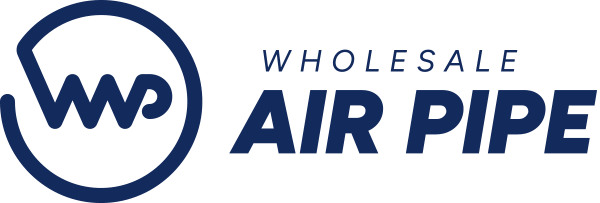The ICON LevelPro ProScan 3 continuous radar level transmitter has 80 GHz high-frequency technology which has a significantly more precise transmission signal focus. This makes it easier to distinguish between actual level signals and interference signals, making the measurement more reliable coupled with a higher degree of accuracy. The new ProScan 3 series of compact instruments are ideally suited for more complex level applications. The 80 GHz radar signal is capable of penetrating through the top lid of a tank, eliminating the need for a bulkhead fitting, or having the sensor subject to the conditions inside the tank.
A liquid level sensor operates by detecting the presence or absence of material or determining the level of material within a container. This is achieved using various technologies like capacitance, ultrasonic waves, or, as in the case of radar, by measuring the time taken for a signal to bounce back from the material surface. Level sensing can be contact or non-contact-based, depending on the method employed. A radar level sensor is a device used to measure the level of liquids, solids, or slurries in various challenging industrial applications. It utilizes radar technology to determine the distance from the sensor to the surface of the material being measured.
A radar level sensor emits microwave signals that travel towards the material surface. When these signals encounter the material, they are reflected back to the sensor. By calculating the time taken for the signal to return (know as time of flight), the sensor determines the distance or level of the material.
Radar level sensors performs consistently in in adverse conditions with high accuracy and adaptability.


















